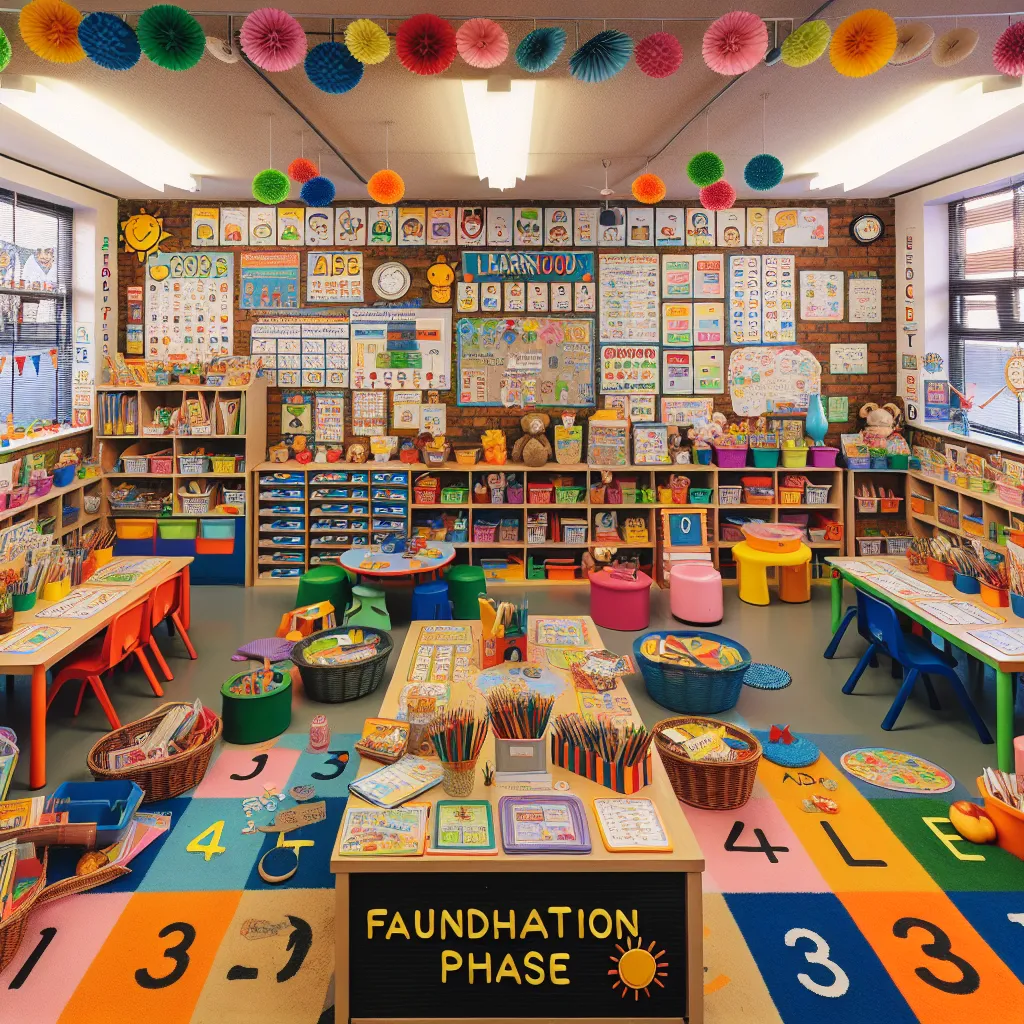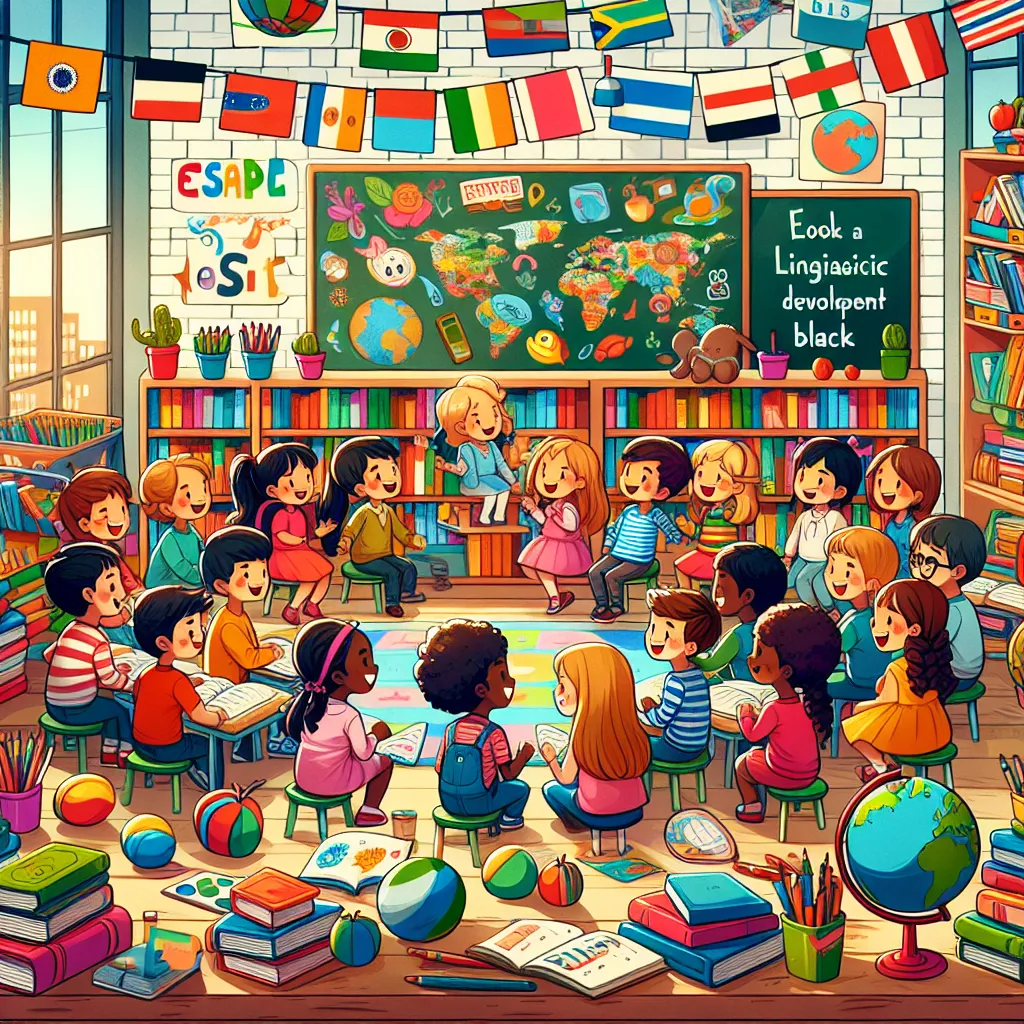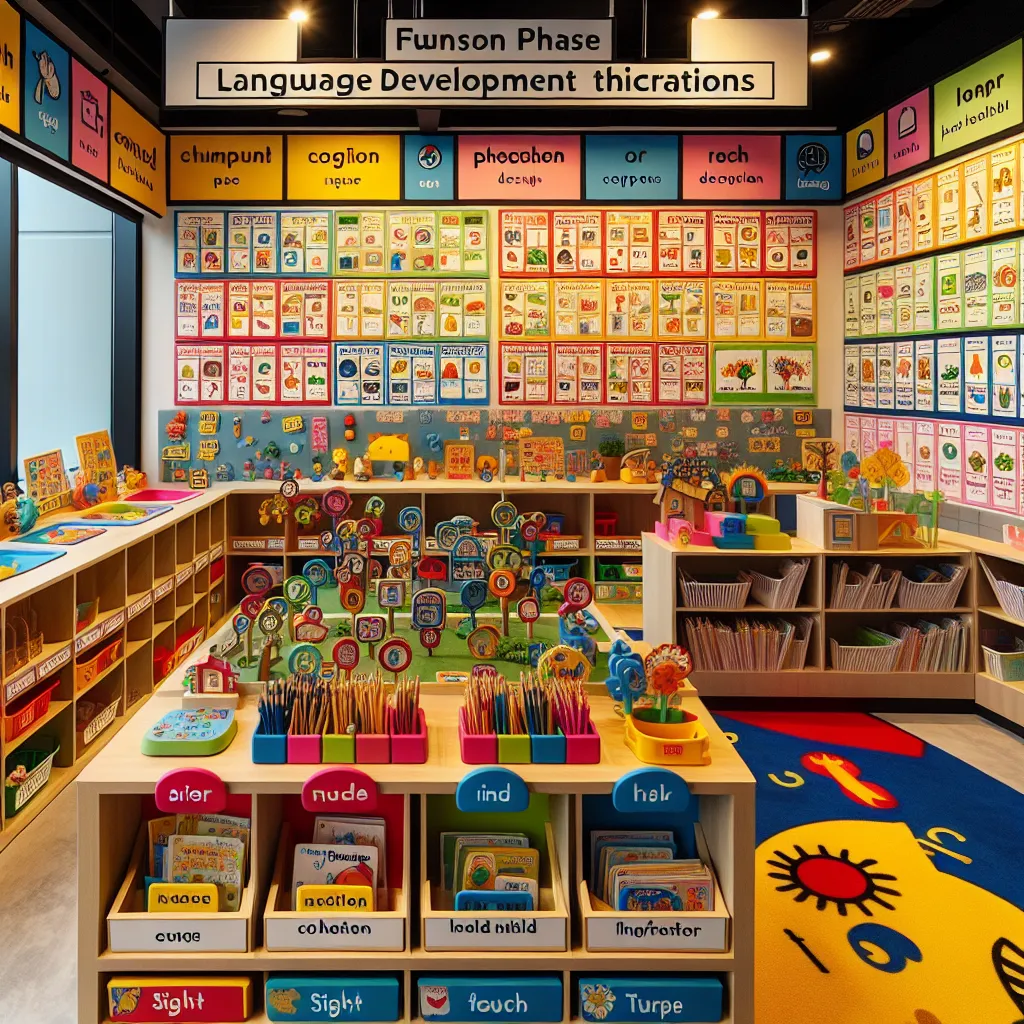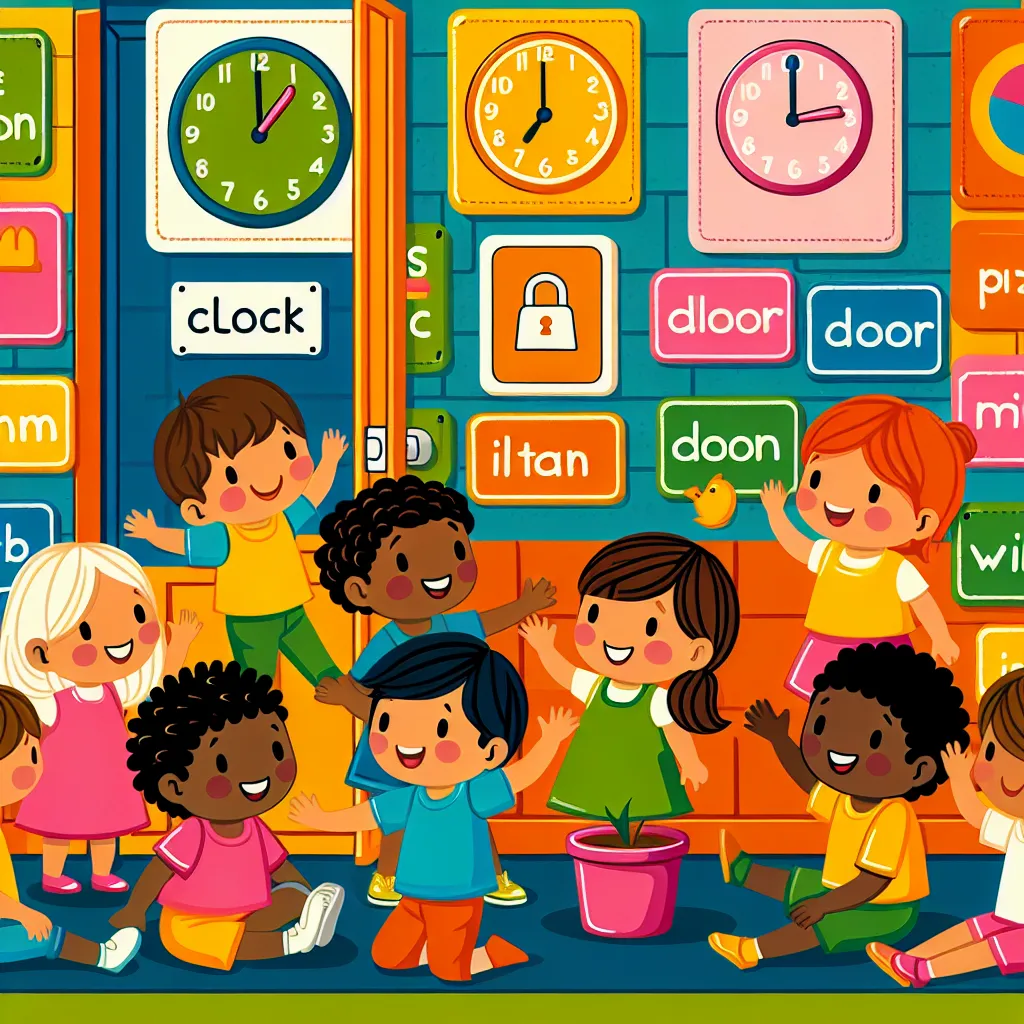Ask AI on The Internet
Question: 2.1 Study the picture below and argue whether it is suitable to develop Foundation Phase learners’ language. (10) 2.2 Illustrate ideas you can use to make this classroom print rich. (10) 2.3 Discuss the role played by environmental print in enhancing children’s reading skills. (10) 2.4 Evaluate and debate the multifaceted impact of parents in the advancement of early literacy. (10)
Sure, I can help you with that. However, I don't have access to the picture you're referring to. Assuming that the picture is of a classroom or an educational setting, I'll provide general guidelines for each question. You can adjust and tailor these points based on the specific content of the picture you have. ### 2.1: Suitability of the Picture for Developing Foundation Phase Learners’ Language **Arguments For:** - **Engagement**: If the picture shows a lively, colorful, and engaging classroom, it indicates a stimulating learning environment beneficial for language development. - **Books and Resources**: If there are diverse and accessible books and language resources visible in the picture, it shows potential for rich language exposure. - **Interactive Areas**: The presence of reading corners, storytelling mats, or areas designed for group activities supports the development of language and communication skills. - **Labels and Signs**: If classroom items, such as furniture, are clearly labeled, this can help with word recognition and vocabulary building. - **Teacher Presence**: If a teacher is actively engaging with students in the picture, this illustrates a guided learning environment where language can flourish through interaction. **Arguments Against:** - **Cluttered Environment**: A picture that shows a cluttered or chaotic classroom may indicate a distracting environment not conducive to focused learning. - **Lack of Resources**: If there are few books or educational materials visible, this could suggest inadequate resources for language development. - **Disengaged Learners**: If learners appear disinterested or isolated, this can be a sign that the environment is not supportive of active language learning. ### 2.2: Ideas to Make the Classroom Print-Rich 1. **Label Everything**: Place labels on furniture, classroom items, and designated areas (e.g., "Reading Corner," "Art Station"). 2. **Word Walls**: Create word walls with high-frequency words, thematic vocabulary, and student-generated content. 3. **Posters and Charts**: Utilize educational posters and charts that focus on alphabets, numbers, shapes, colors, and commonly used phrases. 4. **Student Work**: Display students' writing and artwork around the room to give them a sense of ownership and pride in their language use. 5. **Library Corner**: Set up a cozy, inviting reading corner filled with a variety of books, including fiction, non-fiction, and picture books. 6. **Interactive Bulletin Boards**: Create interactive bulletin boards where students can add words, sentences, or stories. 7. **Word of the Day/Week**: Use a prominent space to introduce and discuss a new word each day or week. 8. **Storytelling Area**: Have a dedicated space for storytelling with props, puppets, and visual aids. 9. **Classroom News Board**: Have a daily or weekly news board where students can read and share news related to the class or school. 10. **Multilingual Prints**: If possible, include prints in different languages to reflect the diverse linguistic backgrounds of students. ### 2.3: Role of Environmental Print in Enhancing Reading Skills **Introduction:** Environmental print refers to the print found in everyday life, such as signs, labels, logos, and packaging. This type of print plays a crucial role in early literacy development. **Enhancement of Reading Skills:** - **Recognition and Familiarity**: Young children become familiar with letters, words, and initial sounds through exposure to environmental print. - **Contextual Learning**: Environmental print provides contextual clues that help children understand meanings of words and how they are used in real life. - **Engagement and Interest**: Familiar print in the environment can spark interest and engagement, making reading a relevant and enjoyable activity. - **Phonemic Awareness**: By recognizing words they see regularly, children become more aware of the sounds in words and how they correspond to letters. - **Vocabulary Expansion**: Environmental print can introduce new words and phrases, enhancing children’s vocabulary through everyday exposure. - **Print Awareness**: Helps in understanding the concept of print, including reading from left to right and recognizing that print carries meaning. - **Confidence Building**: Familiarity with environmental print can build self-esteem as children realize they can "read" certain words or logos around them. - **Interactive Learning**: Environmental print can be used in interactive activities, such as scavenger hunts, that make learning more dynamic and memorable. - **Home-School Connection**: Environmental print bridges the gap between home and school, creating a consistent learning experience across both environments. - **Functional Literacy**: It promotes functional literacy as children learn to read signs, instructions, and labels that they encounter in their daily lives. ### 2.4: Multifacted Impact of Parents in Early Literacy Advancement **Positive Impacts:** - **Modeling Reading Behavior**: When parents read regularly, they model positive reading habits, showing children that reading is enjoyable and valuable. - **Home Literacy Environment**: A print-rich home environment with access to books, magazines, and other reading materials fosters a love for reading. - **Interactive Read-Alouds**: Parents reading aloud to children provides exposure to rich vocabulary, complex sentence structures, and enhances comprehension skills. - **Parental Involvement**: Active involvement, such as discussing stories, asking questions, and engaging in literacy-related activities, supports deeper understanding and love for reading. - **Language Development**: Conversations, storytelling, and discussions at home contribute to vocabulary growth and language comprehension. - **Consistency**: Regular reading and literacy activities at home ensure consistent practice and reinforcement of skills learned at school. - **Cultural and Linguistic Diversity**: Parents can introduce children to diverse texts and languages, broadening their horizons and appreciation for different cultures. - **Emotional Support**: Encouragement and praise from parents build children's confidence and motivation to engage in literacy activities. - **Homework Support**: Assistance with literacy-related homework helps reinforce learning and clarify any misunderstandings. - **Educational Advocacy**: Parents who value literacy are more likely to advocate for and support quality educational resources and opportunities for their children. **Challenges and Considerations:** - **Limited Resources**: Not all families have equal access to books and literacy materials, which can create disparities in early literacy development. - **Varying Literacy Levels**: Parents' own literacy levels can impact their ability to support their children’s reading development effectively. - **Time Constraints**: Busy schedules can limit the amount of time parents can dedicate to reading and literacy activities with their children. - **English Language Learners**: Parents who are not proficient in the language of instruction may struggle to assist their children in the same way. - **Digital Distractions**: The prevalence of digital media can sometimes compete with traditional reading activities, necessitating a balanced approach. By considering these points, you can provide a thorough analysis and thoughtful discussion on the topics related to early literacy development for Foundation Phase learners.
Think your answer is better than the AI's? Post it below.
Other Most Relevant Posts:
 1. **Visual Stimuli for Language Learning**
2. **Print-Rich Classrooms for Language Mastery**
3. **Environmental Print in Reading Development**
4. **Parental Impact on Early Literacy Skills
1. **Visual Stimuli for Language Learning**
2. **Print-Rich Classrooms for Language Mastery**
3. **Environmental Print in Reading Development**
4. **Parental Impact on Early Literacy Skills
Question Tags
If you want your question answered by an AI, click here.






Post your own comment: